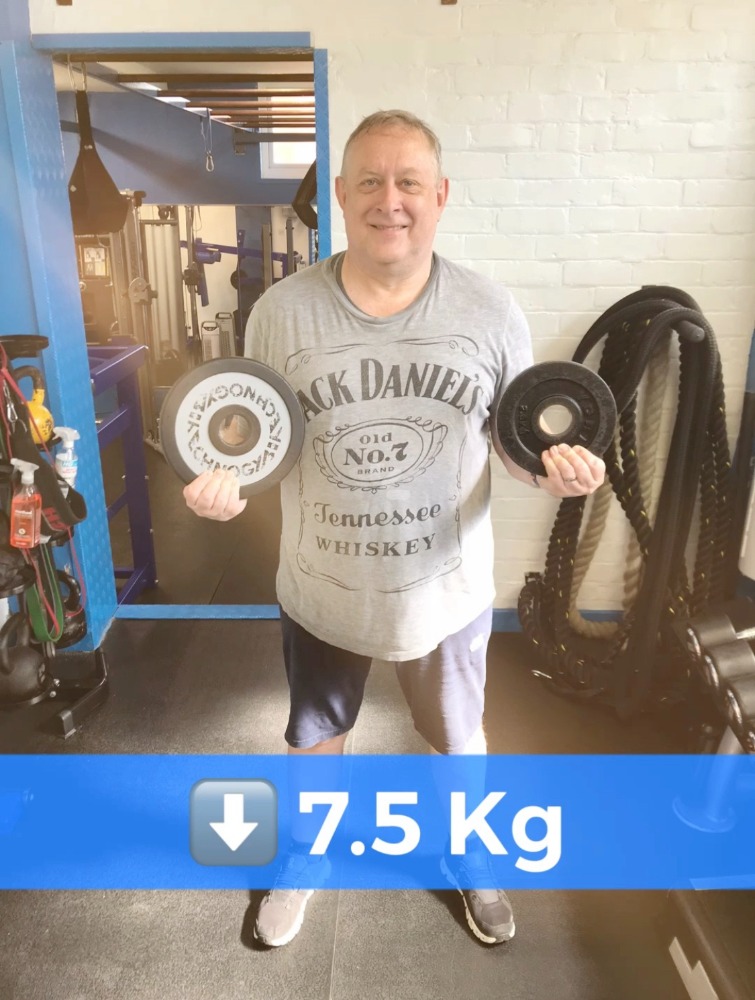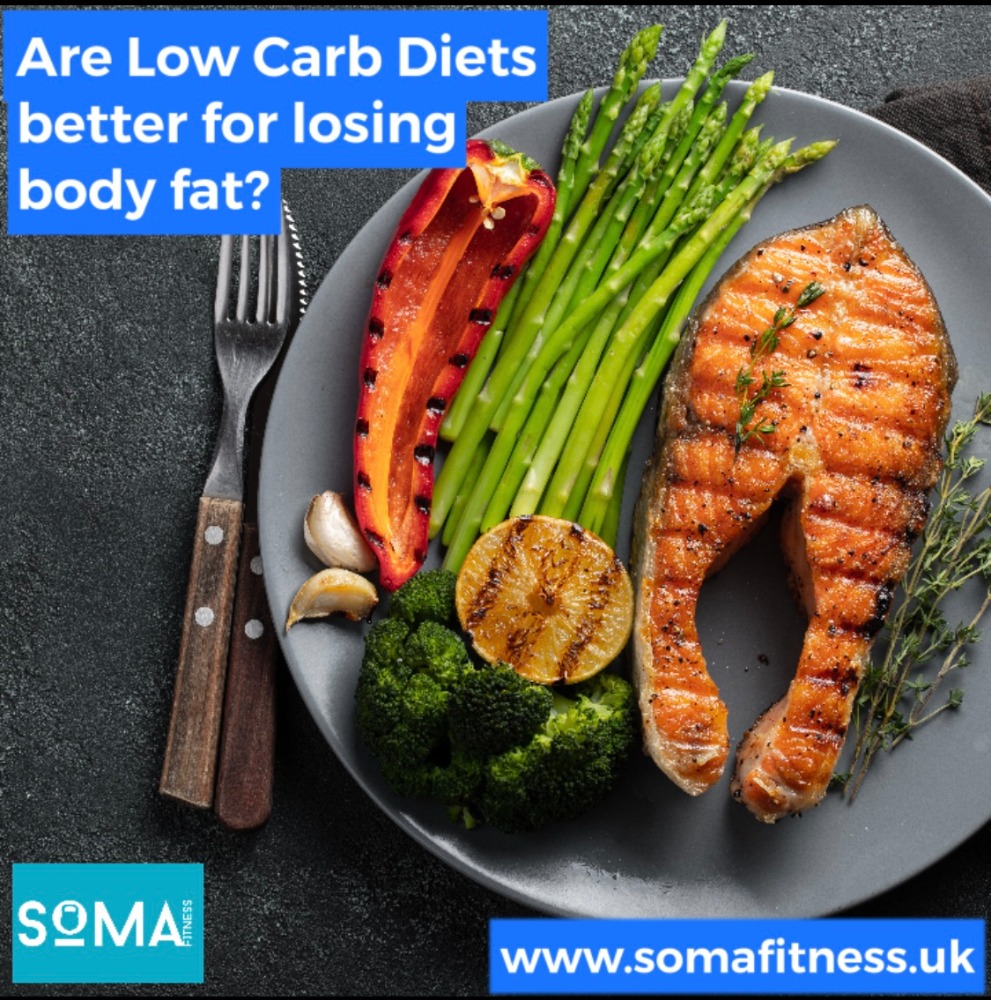Why Cardio Alone Isn’t Enough
As a professional personal trainer I find myself having interesting conversations between individuals who may solely commit themselves to one modality of cardio for example cycling, and the meat heads who just love to lift, I however see more meat heads doing cardio than cardio enthusiasts doing resistance training. I believe it’s worth having the conversation especially when it comes to deciding between cardio and strength training for longevity and long term progress. The debate of which is better for your health and fitness goals can leave you confused and unsure of the best approach.
However, the truth is that relying solely on cardio is not enough to achieve optimal results. To truly maximise your fitness potential, it’s crucial to understand the benefits of combining both cardio and strength training into your exercise routine.
Cardiovascular exercise, such as running, cycling, or brisk walking, undoubtedly offers numerous health benefits. It helps reduce the risk of obesity, heart disease, high blood pressure, type-2 diabetes, and even certain types of cancer. Additionally, cardio is an effective way to burn calories, resulting in reduced body fat and weight loss not to mention to improve your recovery in between sets of your strength training. These advantages make cardio an important component of any exercise program.
However, solely relying on cardio for your fitness regimen may hinder your progress in the long run. Our bodies are incredibly adaptable, and over time, they become more efficient at performing specific activities. This efficiency means fewer calories burned during the same cardio exercises, which can stall your fitness journey. When the heart becomes stronger through cardio workouts, it works less and burns fewer calories. Eventually, your body adapts to the routine, leading to a plateau in your results. Another detail that is often missed is cardio activities such as cycling require your body to remain in a certain position for a large length of time, strength training can help iron out postural and muscular deficiencies that may be caused by this. This is where strength training becomes a valuable addition.
Strength training, often feared by beginners and cardio athletes due to misconceptions about bulking up, actually offers a wide range of benefits. It enhances sleep quality, improves stability strengthens bones, reduces the risk of arthritis and injuries, and increases lean muscle mass. One pound of lean muscle can burn anywhere between 5 and 35 calories at rest, making it an efficient calorie-burning asset. By incorporating strength training into your routine, you challenge your body in new ways, and if you have been stuck on a bike for hours throughout the week you definitely want to be working the opposing muscles that you have been using. Breaking down muscle tissue that requires energy for repair which leads to increased calorie expenditure, even during periods of rest, which can contribute to weight loss overall metabolic health and a more desirable body composition.
Research from the American College of Sports Medicine reveals that adults who neglect strength training will experience sarcopenia and may lose 4 to 6 pounds of muscle tissue per decade. This loss of muscle mass results in a lower resting metabolic rate, a higher tendency for fat storage, decrease in bone density and a reduction in stability that can lead to a fall which can cause a bone fracture. By engaging in regular strength training, you can counteract all of this muscle loss, maintain a healthy metabolic rate, and support sustainable weight management.
It’s important to note that both cardio and strength training offer unique advantages, but combining them provides a synergistic effect. By integrating both into your routine, you can experience enhanced fitness and health benefits and even improved sporting performance if you are a keen cyclist or runner. If you’re unsure about where to start or how to incorporate cardio and strength training effectively, seek guidance from a qualified professional, such as a Personal Trainer, who can tailor a program to your specific needs.
A simple yet effective routine could involve strength training 2-3 days per week, focusing on all major muscle groups with 2-3 sets of 6-10 exercises and 6-12 reps. Additionally, aim for 2-3 days of quality cardio workouts. You can choose to perform both cardio and strength training on the same day or alternate between them on different days, depending on your schedule if you where to perform your Cardio in the morning you could perform your resistance training in the evening. If time is a constraint, consider supersets minimising rest periods between sets.
Achieving your fitness goals requires patience, dedication, and finding the right balance between cardio and strength training. By combining these two vital components, you can maximise your efforts, attain your goals more efficiently, and experience lasting results. To learn the skills of resistance training hiring a professional personal trainer to coach you and also structure your schedule to get the most out of your training.
BOOK A YOUR FREE CONSULTATION TODAY








Recent Comments